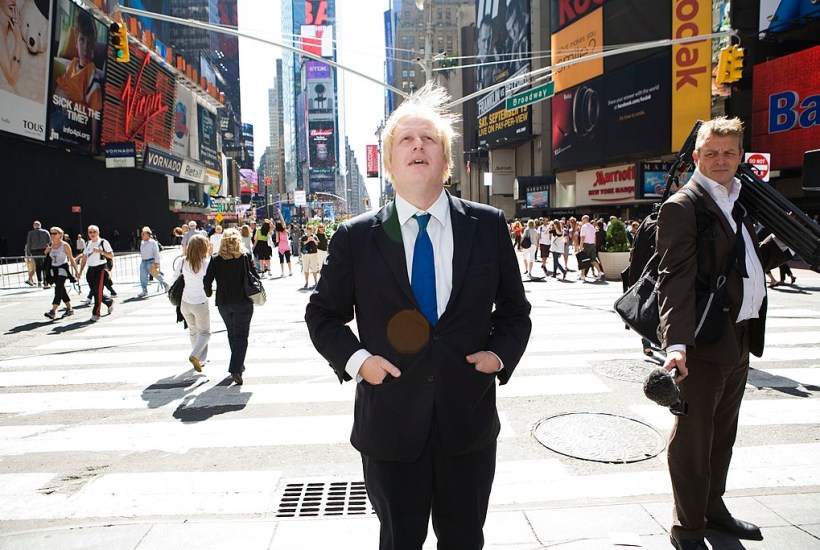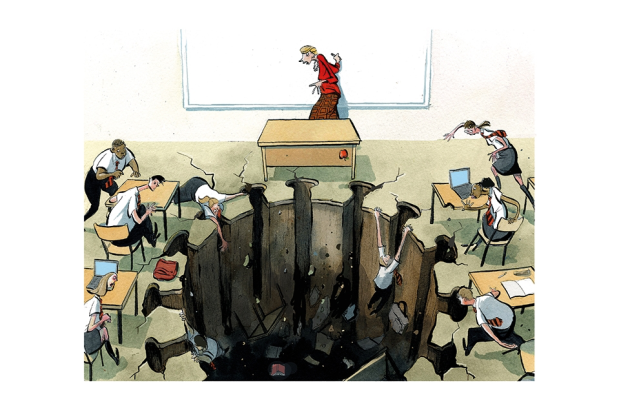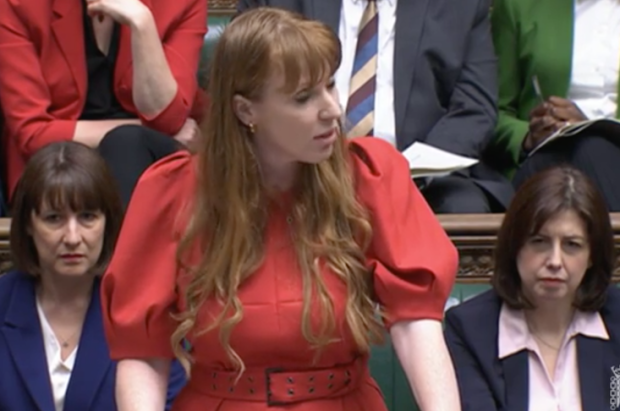The speed and scale with which voters, mainly but not exclusively in the north of England, have switched their allegiance from traditional Labour to Conservative has been described as unprecedented. Professor Tony Travers of the LSE called it ‘amazing’ and spoke of ‘a massive shift of tectonic plates’. Nor can the results of last week’s elections be dismissed as a one-off.
The breaches in the so-called ‘Red Wall’ began well before the Conservative landslide in the 2019 General Election and what happened last Thursday is unlikely to be the end. Labour voters, it appears, were released from their life-long loyalty to the party by the Brexit referendum, and then transferred their votes to the party that, under Boris Johnson’s leadership, ‘delivered’ Brexit. Hostility to the politically correct agenda, that has lodged itself under the Labour umbrella, surely offered another reason to defect.
The next test will be whether Labour can hold on to Batley and Spen, following Tracy Brabin’s election as West Yorkshire mayor – but the writing would appear to be on that Red Wall too. When Labour loses control of Durham county council, then the whole political map of England is surely in flux. And it is probably true to say that what is going on in England has no precedent, at least in the past century. But there is one parallel in the English-speaking world that is worth noting: in the United States.
Today, most people’s mental map of the US will have the southern states painted almost entirely in the Republican’s red. These were the ‘safe’ states that underpinned Republican presidential victories, up to and including Donald Trump. But it was not always so.
For the best part of a century – from the end of the Civil War (1865) on – the states of the American south voted Democrat. The Republican party was comprehensively rejected in the south as the instrument of the widely hated Reconstruction. Voting Democrat was regarded as the way to defend and preserve what was seen as what was left of the south’s particular culture and way of life.
That started to change from the late 1950s, when the Civil Rights movement started to take off, spearheaded by Democratic politicians and their supporters from outside the south. An embodiment of the shift was the former governor of South Carolina and thereafter long-serving Senator, Strom Thurmond, who switched from Democrat to Republican before the 1964 presidential election – the year in which the Civil Rights Act, ending segregation, was enshrined in law. The President was Lyndon Johnson, a Democrat from Texas, who reportedly remarked afterwards: ‘I think we just delivered the south to the Republican party for a long time to come.’
Which is indeed what came to pass. The southern Democrats’ rejection of the Civil Rights Act, they increasingly insisted over the years, had less to do with any considerations about race than with their views on the primacy of states’ rights. It did, though, have a great deal to do with culture and with a desire to maintain a particular way of life. In this, it has much in common with the desertion of pro-Brexit and other disillusioned voters from Labour. Like the southern Democrats, they would see their politics as consistent; in other words, that it is their erstwhile party that has left them, rather than the other way around.
There is something else in common, too. Long before the southern Democrats switched to the Republicans, they were increasingly becoming a separate party, with an identity and priorities quite different from those of the party elsewhere in the United States. They were useful for helping to elect Democratic presidents, but otherwise left to their own devices in the states they controlled. By the time defections to the Republican party started in earnest, the southern Democrats had almost nothing in common with what had become the party’s liberal mainstream, concentrated in big cities and on the east and west coasts.
There may be several pointers from the US parallel. First, the switch in the American south took the best part of a generation to be completed, starting in 1954 with the Supreme Court’s landmark Brown v the Board of Education ruling on de-segregating schools. Given that, as in the US, the trigger for Labour voters switching appears to be identity and culture, not particular policies, the process of votes moving to the Brexit-supporting Conservative party may have a lot longer to run.
A second parallel might also be discerned. Much like Labour today, the US Democrats were essentially two parties, even before the south switched to the Republicans. And a third: as Democrats haemorrhaged support in the US south, so they gained support and became more homogenous elsewhere. And, for all the emphasis on Conservative gains from Labour at the latest elections – another 200 councillors and several more Conservative-controlled councils – there is another side to the results.
Even as pro-Brexit Labour voters brought the Conservatives to power in places that few would until recently have imagined turning blue, so there was also a move, although less marked, in the other direction. Labour took the West of England mayoralty from the Conservatives and the new mayoralty of West Yorkshire went to Labour. Other Labour mayors were re-elected, some with increased majorities, suggesting that mayors – of whatever party – may now be seen in a different light from the party leadership.
More to the point, though, the Conservatives actually lost seats in swathes of the south-east, including control of Cambridgeshire. At very least this might pose a question: how far will Boris Johnson’s Conservative party be able to continue its appeal to the Red Wall without sacrificing the ‘gin and Jag’ voters of the English shires? We shall see whether this is a coalition – it was the Brexit coalition, after all – that is viable or not.
At one time, it would have been unthinkable for Americans to regard the south as Republican; now it is the reverse. Could we be looking at a similarly radical redrawing and recolouring of England’s political map, with the Conservatives becoming a more northern party and Labour, whether more or less to the left, making inroads in the south? And how differently might north and south regard each other if their political allegiances were reversed? Or is it perhaps rather that the Brexit-Remain split is now gradually being translated into party politics?
There needs to be a footnote, however. A sequel to the last, tempestuous, US elections came when two Democrats secured victory in hard-fought Senate run-offs in Georgia. Not only did their victories end 20 years in which no Democrat had won a Senate seat in Georgia, but it was the first time that Republicans had ever lost a run-off election in the state since the great southern Democrat-Republican switch. What is happening in England may be a realignment that is still in process; it may reflect the reality that both major political parties were divided over Brexit, and it may be for the long term. That does not mean, though, that, one day, it might not again be reversed. <//>
Got something to add? Join the discussion and comment below.
Get 10 issues for just $10
Subscribe to The Spectator Australia today for the next 10 magazine issues, plus full online access, for just $10.



















Comments
Don't miss out
Join the conversation with other Spectator Australia readers. Subscribe to leave a comment.
SUBSCRIBEAlready a subscriber? Log in